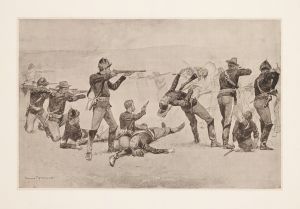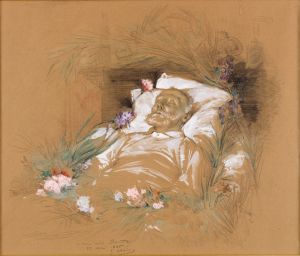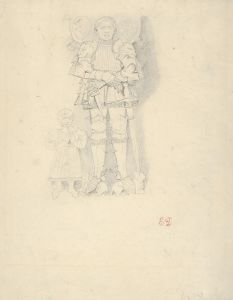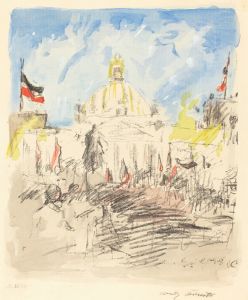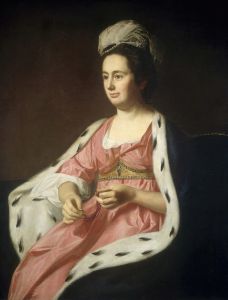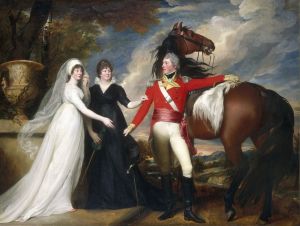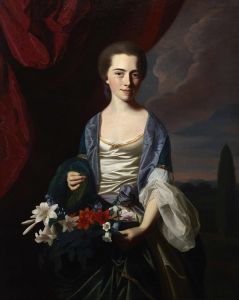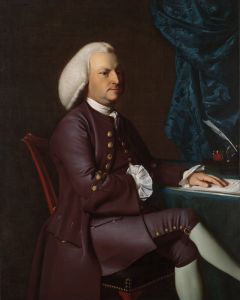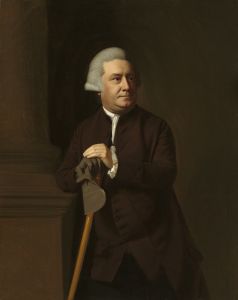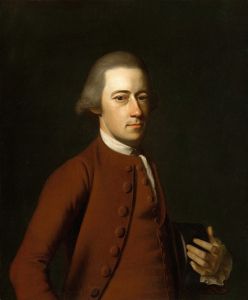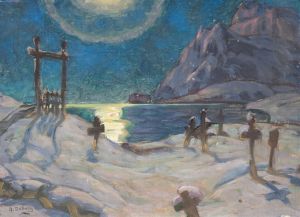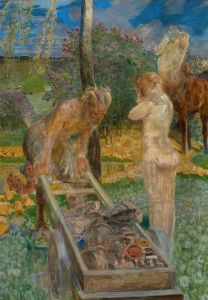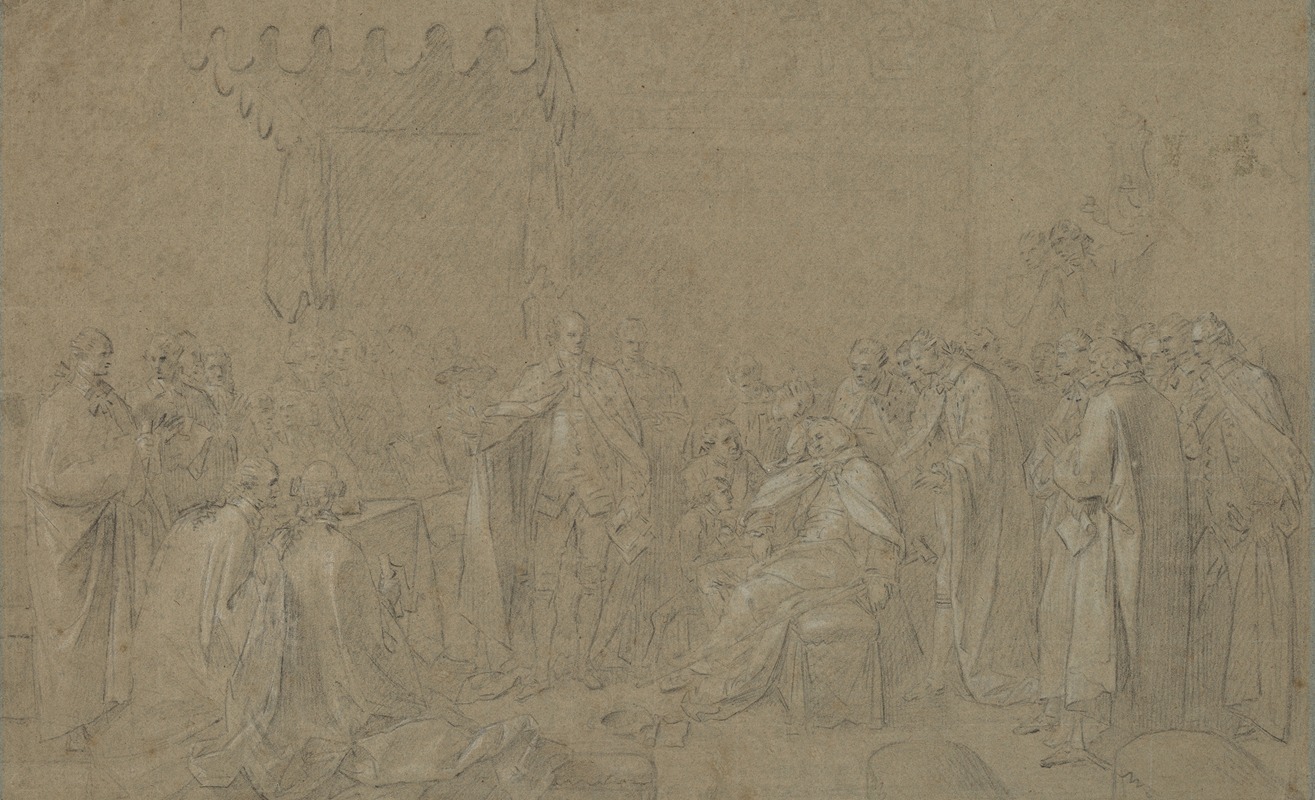
Study for ‘The Death of the Earl of Chatham’
A hand-painted replica of John Singleton Copley’s masterpiece Study for ‘The Death of the Earl of Chatham’, meticulously crafted by professional artists to capture the true essence of the original. Each piece is created with museum-quality canvas and rare mineral pigments, carefully painted by experienced artists with delicate brushstrokes and rich, layered colors to perfectly recreate the texture of the original artwork. Unlike machine-printed reproductions, this hand-painted version brings the painting to life, infused with the artist’s emotions and skill in every stroke. Whether for personal collection or home decoration, it instantly elevates the artistic atmosphere of any space.
John Singleton Copley’s Study for ‘The Death of the Earl of Chatham’ is a preparatory work for his larger painting, The Death of the Earl of Chatham, completed in 1781. The study, like the final painting, depicts the dramatic moment of the collapse of William Pitt, 1st Earl of Chatham, in the House of Lords on April 7, 1778. This event occurred during a debate on British policy toward the American colonies amidst the American Revolutionary War. Pitt, a prominent statesman and former Prime Minister of Great Britain, was a vocal critic of the government's handling of the conflict and collapsed while delivering a speech. He died shortly thereafter on May 11, 1778.
Copley, an American-born artist who had relocated to London in 1774, was known for his ability to capture historical and contemporary events with vivid realism and emotional intensity. His decision to depict this scene reflects his interest in significant political and historical moments, as well as his ambition to establish himself as a history painter in Britain. The study showcases Copley’s meticulous attention to detail and his skill in rendering human expressions and gestures, which he used to convey the gravity of the moment.
The study likely served as a preparatory work for the final composition, allowing Copley to experiment with the arrangement of figures, lighting, and other elements. The finished painting features a dramatic composition with numerous figures, including members of the House of Lords, reacting to Pitt’s collapse. The study provides insight into Copley’s artistic process and his efforts to achieve a balance between historical accuracy and dramatic effect.
The final painting was well-received and helped to solidify Copley’s reputation in Britain. It remains an important example of 18th-century history painting and is noted for its combination of political significance and artistic achievement. The study itself is valued as a key piece of Copley’s preparatory work and is often examined by art historians to better understand his methods and approach to large-scale historical compositions.
The current location of the study is not specified in available records, but it is likely held in a private collection or museum. Further details about the study’s provenance or exhibition history are not readily available.





